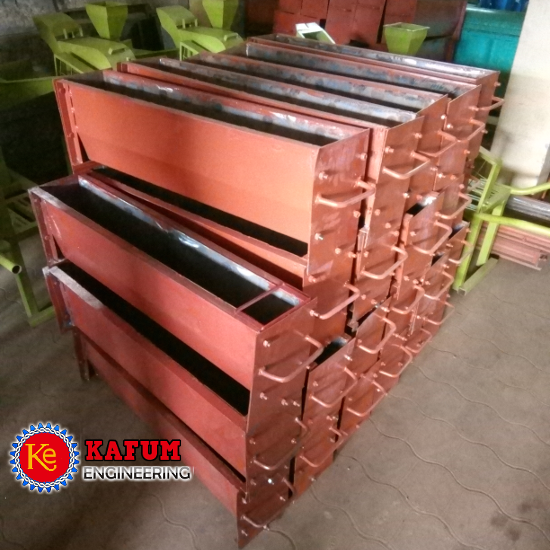info@kafumengineering.co.ke
0727131184

As an element of roads and highways, kerbs serve a number of purposes:
Defining the limits of the carriageway.
Containing the carriageway to prevent 'spreading' and loss of structural integrity.
Creating a barrier between vehicles and pedestrians.
Providing a physical 'check' to prevent vehicles leaving the carriageway.
Allowing surface water to drain away by forming a channel.
Traditionally, natural stone was the most commonly used material for kerbs, but these have now largely been replaced by pre-cast concrete.
Kerb construction
For most purposes, the top of the kerb should be 100 mm above the road surface. If kerbs are placed too high it can induce ‘kerb shyness’ which is where the width of the carriageway is effectively reduced.
Kerbs are typically laid on a concrete bed of at least 100 mm thickness in such a way that they are joined with the pavement. The back of the kerbing should be haunched with concrete to a thickness of at least 150 mm to provide lateral support. Kerbs can then be tapped down to the correct level. The joints between kerbs are often not mortared but instead they are laid as tight to each other as possible without risking the units spalling.
Kafum Road kerb moulds are manufuctured using the highest quality materials to ensure they mold excelent Road kerbs.
Road Kerb strengthens the concrete paving edges. The road kerb is used by building the roads
and Parking places in order to differ one surface form another when they are used by different
kind of transport. It is also used as an element to mark the elevated areas and pavements. They
are also found on large road schemes, such as motorways and dual carriageways.
Road kerbs serve a number of purposes
Retaining the carriageway edge to prevent 'spreading' and loss of structural.
Acting as a barrier or demarcation between road traffic and pedestrians.
Providing physical 'check' to prevent vehicles leaving the carriageway.
Forming a channel along which surface water can be drained.